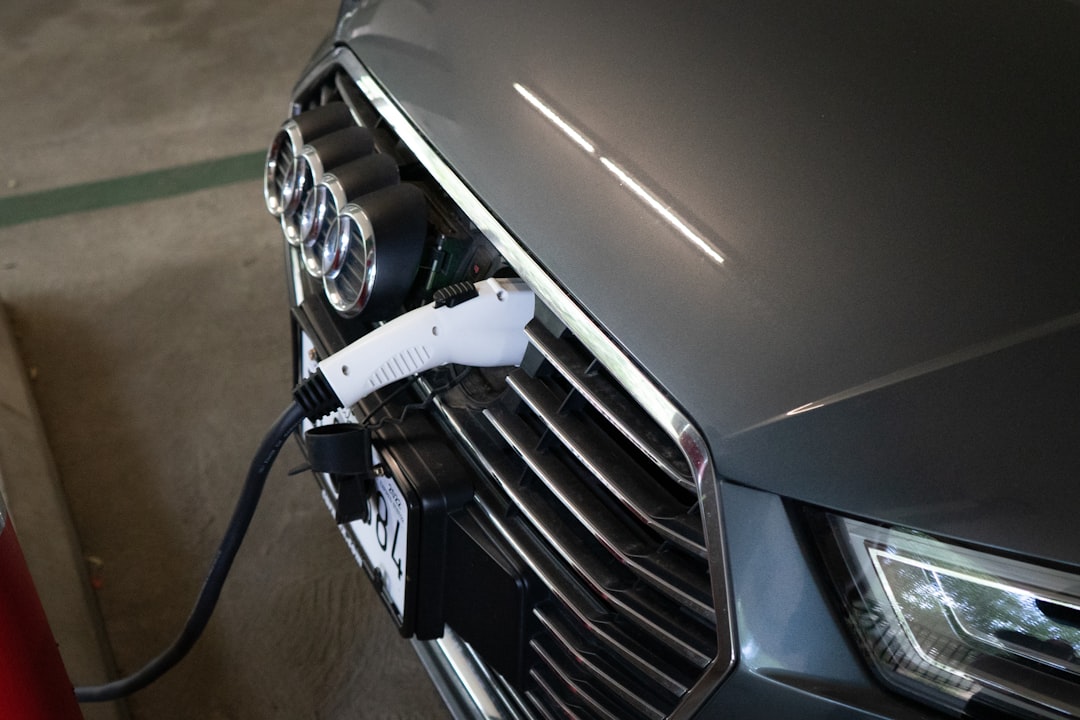2024 EV Tax Credits: How Tesla and BYD Lead Charging Innovation
In a world accelerating towards electrification, the 2024 EV tax credits are reshaping the automotive landscape, particularly spotlighting leaders like Tesla and BYD in charging innovation. According to BloombergNEF, global sales of electric vehicles are projected to reach 14 million units by the end of this year, a testament to the surging demand and technological advancements. As governments worldwide endorse green initiatives, these tax credits are pivotal in making EVs more accessible. This article will delve into how Tesla and BYD are not just participants but pioneers in charging innovation, thereby enhancing the EV ecosystem and amplifying the benefits of the 2024 EV tax credits.
Understanding 2024 EV Tax Credits
What Are EV Tax Credits?
EV tax credits are financial incentives provided by governments to encourage the adoption of electric vehicles. These credits can significantly reduce the upfront cost of EVs, making them more competitive with traditional gasoline-powered vehicles. In 2024, the U.S. government is offering tax credits of up to $7,500 for qualifying electric vehicles, a move designed to bolster EV sales and reduce carbon emissions.
Key Changes in 2024
- Eligibility Expansion: More models and manufacturers now qualify for tax credits, including newer players in the market.
- Focus on Battery Production: A portion of the credit is tied to the sourcing and production of batteries within the U.S., promoting domestic manufacturing.
- Income Limits: There are income caps for individuals and couples to qualify for these credits, ensuring they benefit those who need them most.
Tesla: Charging Forward with Innovation
Tesla’s Supercharger Network
Tesla’s extensive Supercharger network is a cornerstone of its strategy, providing fast and reliable charging infrastructure. As of 2023, Tesla operates over 45,000 Superchargers globally, and plans to expand this number significantly in 2024. The network’s strategic placement and rapid charging times—capable of adding up to 200 miles in 15 minutes—are unmatched, eliminating range anxiety for Tesla owners.
- V3 Superchargers: Introduced in 2019, these chargers offer up to 250 kW of power, cutting down charging times substantially.
- Expansion Plans: Tesla aims to increase the number of urban Superchargers, facilitating EV adoption in densely populated areas.
Innovations in Battery Technology
Tesla’s commitment to innovation extends to its battery technology. The introduction of the 4680 battery cell promises higher energy density, improved range, and cost reductions. This advancement not only enhances the performance of Tesla vehicles but also contributes to making EVs more affordable, aligning with the goals of the 2024 EV tax credits.
BYD: A Powerhouse in EV and Charging Solutions
BYD’s Charging Strategy
BYD, a leading Chinese automaker, has made significant strides in the EV market with its comprehensive approach to charging solutions. Unlike Tesla’s proprietary network, BYD focuses on compatibility and accessibility, ensuring its vehicles can use various charging infrastructures seamlessly.
- Blade Battery Technology: BYD’s Blade Battery is known for its safety and efficiency, offering longer lifespan and faster charging capabilities.
- Global Reach: With a focus on international expansion, BYD is increasing its presence in Europe and North America, setting up partnerships to enhance charging infrastructure.
Impact on the Global EV Market
BYD’s strategic focus on affordability and accessibility has made it a formidable player in the global market. The company’s diverse EV lineup, from passenger cars to commercial vehicles, allows it to cater to a wide range of consumers, making full use of available tax incentives.
Practical Guide: Choosing Your First Electric Car
Factors to Consider
- Budget and Incentives: Consider the impact of tax credits on your purchase. Evaluate the total cost of ownership, including potential savings on fuel and maintenance.
- Range Needs: Determine your daily driving requirements. Both Tesla and BYD offer models with ranges exceeding 300 miles, suitable for most users.
- Charging Infrastructure: Assess the availability of charging stations in your area. Tesla’s Supercharger network is ideal for long-distance travel, while BYD’s compatibility with various chargers offers flexibility.
- Technology and Features: Look for innovative features such as autonomous driving capabilities in Tesla or energy-efficient designs in BYD.
Best EVs of the Year
- Tesla Model 3: Known for its performance, range, and tech features, it remains a top choice.
- BYD Han EV: Offers a luxurious experience with impressive range and cutting-edge battery technology.
Conclusion: The Road Ahead for EVs
As we look towards the future, the 2024 EV tax credits are set to accelerate the transition to electric vehicles, with Tesla and BYD leading the charge in innovation. Their advancements in charging technology not only address current challenges but also pave the way for a sustainable automotive future. For consumers, these incentives provide a unique opportunity to embrace this change. Are you ready to join the electric revolution? With the right choice, you can drive the future today.

